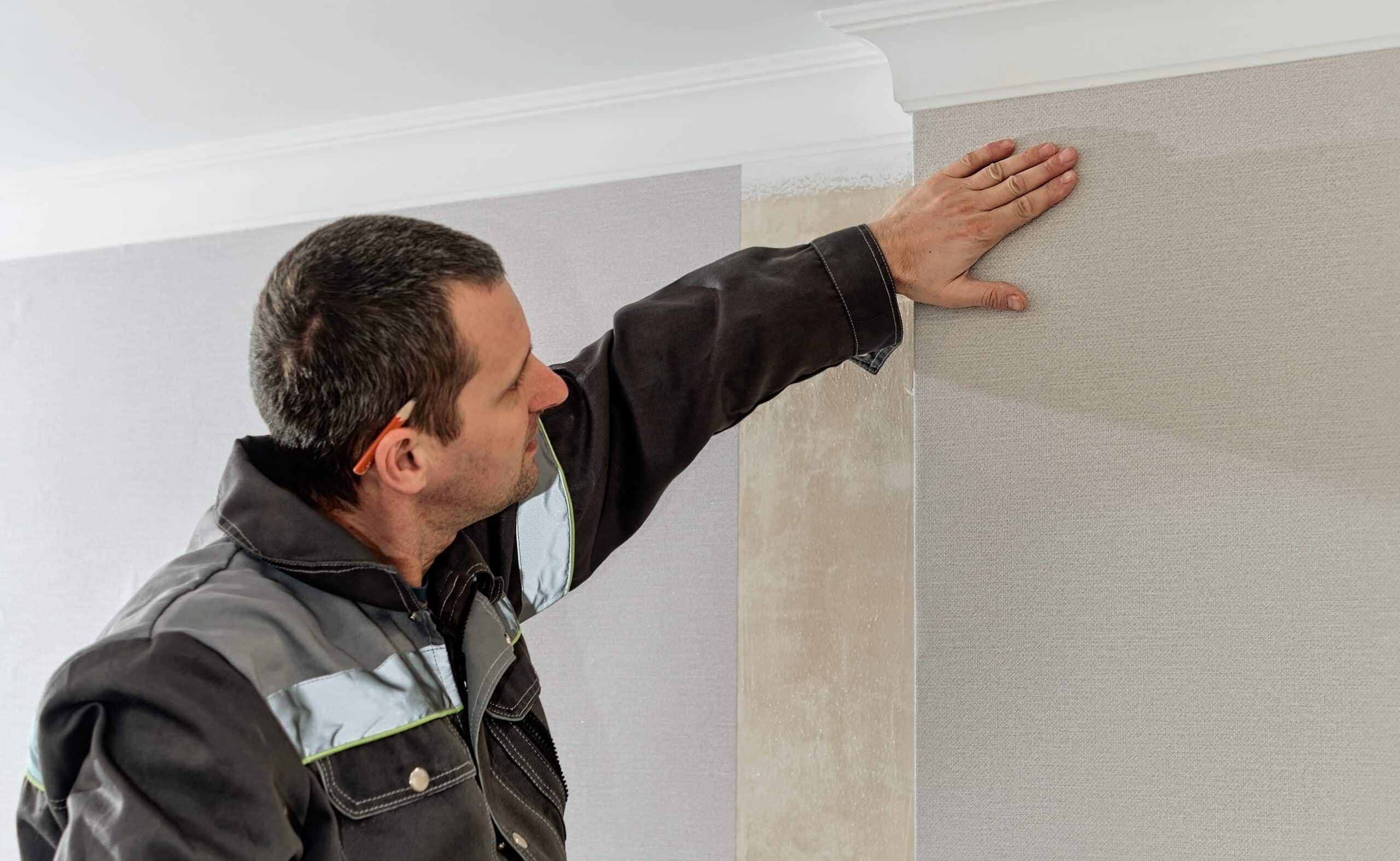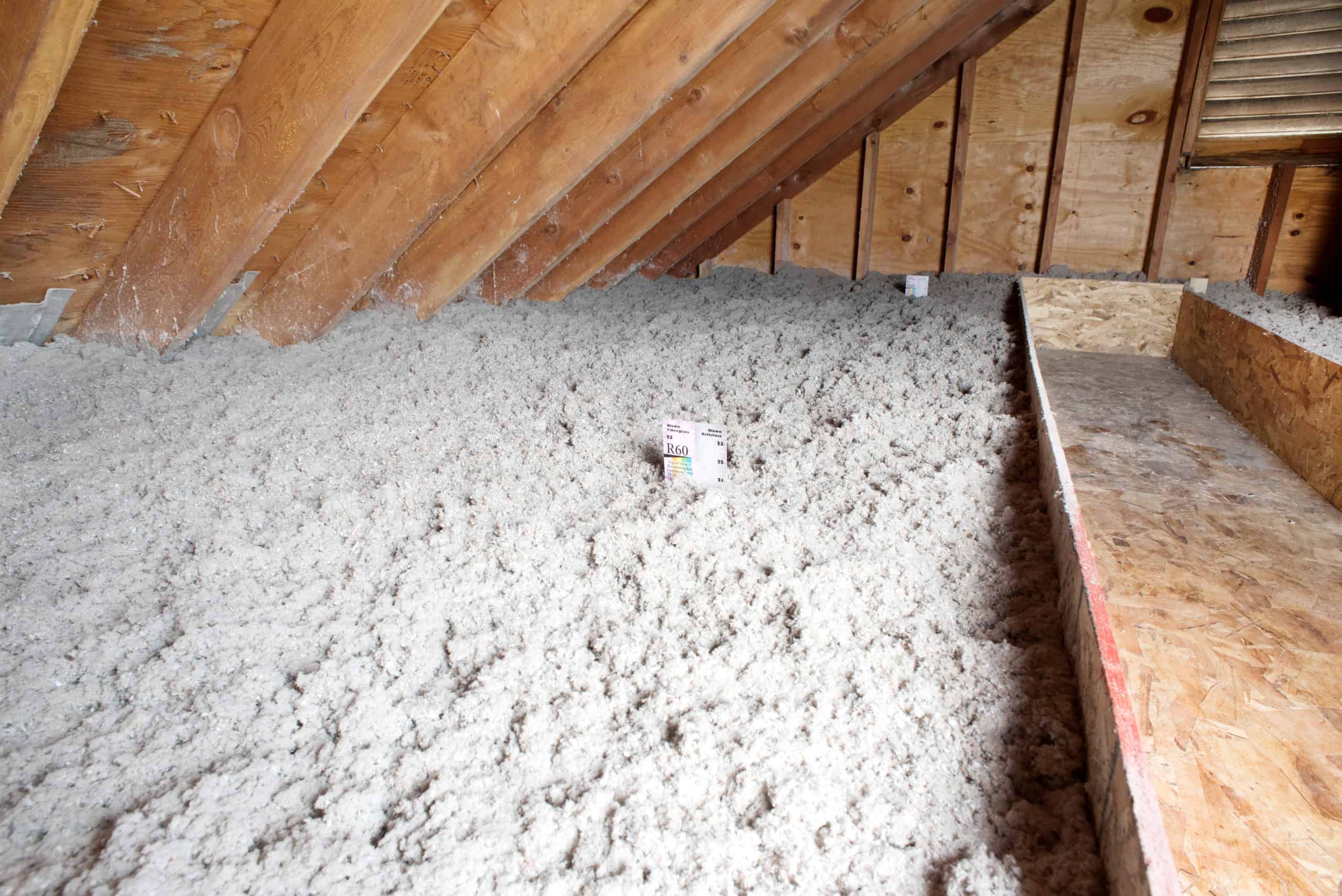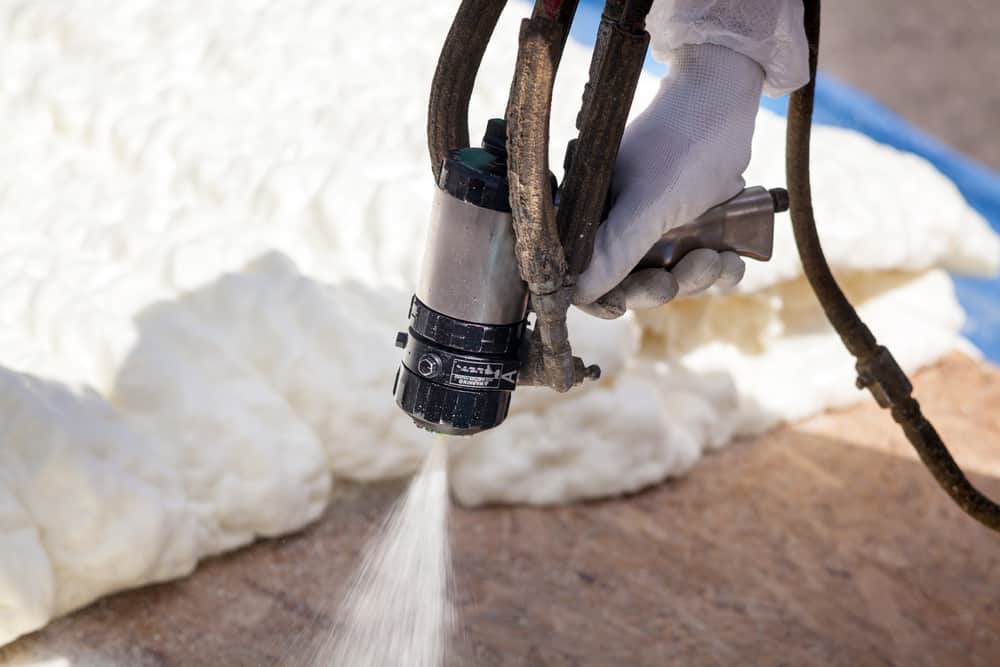Foam ranks among the most popular insulation choices across the U.S. Not only is it effective at blocking out heat and cold, but it also helps reduce noise levels and prevent mold growth. However, some people have concerns about the safety of foam insulation installation. As such, you might harbor some reservations if you’re casting about for spray foam insulation Houston.
You might be wondering, can you or your pets be inside your den while the installer does their thing? It depends. Generally, when installed correctly, foam insulation poses no risk to human health.
The key is to install it properly, using the correct type of foam and following all manufacturer instructions. Foam insulation can provide years of safe, reliable performance. Here’s a breakdown of some variables that could determine whether it’s safe to hang around your house as a pro installs spray foam.
Ventilation
When installing foam insulation, ventilation is key to ensuring a successful process. Without proper ventilation, the chemicals in the foam can become concentrated and cause health problems for those in the surrounding area. In addition, the build-up of heat can cause the foam to expand and potentially damage the structure.
Open windows and doors to enable the circulation of fresh air. By ventilating the area during and after installation, you can help ensure the chemicals are properly diluted and that the foam will harden correctly.
In addition, ventilation helps prevent any harmful fumes from accumulating. As a result, taking a few minutes to ensure proper ventilation can safeguard your family’s health in the long run.
Curing Time and Off-gas
Off-gassing has to do with the VOCs in the spray foam. Typically, a product with a high VOC will result in a longer re-occupancy time (as long as 48 hours).
RetroFoam, for instance, is easy to apply and cures in about two hours, transforming into a rigid state over time. As a result, it’s an excellent choice for creating an air-tight seal on concrete block walls.
If you’re a little apprehensive, you may consider leaving your house while the foam insulation cures, and there is no need to worry about fumes or VOCs. Fortunately, with reduced re-occupancy time, you would be back in your den in no time! And once the foam cures, it won’t continue emitting an odor- as some people mistakenly believe.
The Type of Foam You Use Matters
Each insulation material on the market has its pros and cons. For instance, fiberglass is a popular choice for many homeowners because it is relatively affordable and easy to install. However, fiberglass can be challenging to work with and may not provide enough insulation for frigid climates.
Another common insulation type is cellulose, made from recycled newspapers and other paper products. Cellulose is an environmentally friendly option, but it can be flammable and is not as effective as other types of insulation.
RetroFoam is another option gaining popularity due to its safety and effectiveness. It is injected into walls, so it does not require cutting or drilling. Plus, it contains a small amount of volatile organic compounds (VOCs), making it a safe option for homes with children or pets. And while RetroFoam may be more expensive than other types of insulation, it provides superior insulation value and will help reduce energy costs over time.
Steer Clear of the Work Site
Full disclosure, during the application, spray foam produces a slight odor. Since this can be a little off-putting, your contractor may set up a fan in the work area to promote airflow. By so doing, they air out where they’re installing spray foam.
Plus, it’s best to stay away from the work site. The chemicals used in the spraying process can be harmful if inhaled, and it’s essential to give the crew plenty of space to work. If possible, use other rooms in the house or go outside until the job is done.
Hovering can be a safety hazard. It can be very distracting and even unsafe if a worker is trying to focus on their work and has someone constantly in their peripheral vision.
In addition, the professionals know what they’re doing and can complete the task quickly and efficiently. If you’re in the way, it will only slow them down and potentially cause problems.
So, while you don’t need to leave your home during the installation, it’s probably best to take a step back and let the experts handle it. You can always ask questions before the project commences or afterward. But, due to safety and efficiency concerns, it’s best to let them work uninterrupted.
Fortunately, we use spray foam products with the most negligible concentration of VOCs. As a result, even if you’re in the home during the installation, you’ll only notice a slight smell, which dissipates in as little as two hours (as we’ve noted before).
Proper Insulation Is Critical
Most people are conversant with the basic idea of insulation- wrapping your home in a material that will keep the heat in during winter and out in summer. As such, it might be tempting to hire the first contractor who offers to get the job done. After all, it does seem straightforward, right?
Well, that could not be further from reality. Foam insulation isn’t for everyone. For instance, the task can be a fool’s errand without the proper equipment and know-how.
Once you’ve decided that foam installation is necessary, the next step is to find a qualified and experienced professional for the job. You may also need to remove your old insulation material, and often the complex and potentially dangerous process is best left to a trained insulation contractor.
Such professionals understand the nuances of insulation removal in Houston. Thus, they can handle the job without damaging your home or harming you and your family. They also know how to properly dispose of insulation, which is vital from an environmental and health perspective.
Contact a pro for assessment and proper insulation. Getting the job done right means avoiding health hazards and saving money in the long term. Our spray foam insulation installers will work with you to ensure your safety and the quality of the installation. Check us out at https://fdinsulation.com/attic-insulation/spray-foam/ to learn more or for assistance in selecting the ideal type of insulation material.
First Defense Insulation,
12 Greenway Plaza Suite 1147, Houston, TX 77046,
(713)808-9853
Find us on Social Media
https://www.facebook.com/FirstDefenseInsulation/
https://www.linkedin.com/company/first-defense-insulation/
https://www.instagram.com/firstdefenseinsulation/








